- Shoulder Arthroscopy
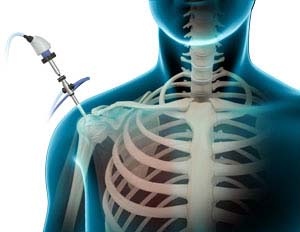
Arthroscopy is a minimally invasive diagnostic and surgical procedure performed for joint problems. Shoulder arthroscopy is performed using a pencil-sized instrument called an arthroscope.
- Rotator Cuff Repair
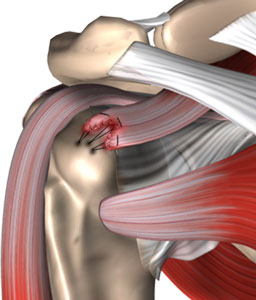
Rotator cuff repair is a surgery to repair an injured or torn rotator cuff. It is usually performed arthroscopically on an outpatient basis. An arthroscope, a small, fiber-optic instrument consisting of a lens, light source, and video camera.
- Shoulder Joint Replacement
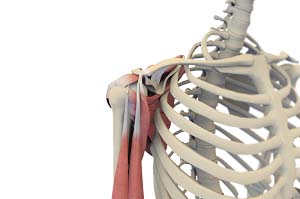
Total shoulder replacement surgery is performed to relieve these symptoms. In this surgery, the damaged articulating parts of the shoulder joint are removed and replaced with artificial prostheses. Replacement of both the humeral head and the socket is called a total shoulder replacement.
- Shoulder Stabilization
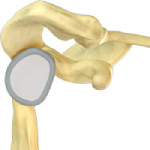
When conservative treatment options such as medications, rest and ice application fail to relieve shoulder instability, your surgeon may recommend shoulder stabilization surgery.
- Reverse Shoulder Replacement
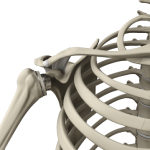
Conventional surgical methods such as total shoulder joint replacement have been shown to be significantly ineffective in the treatment of rotator cuff arthropathy.
- Shoulder Resurfacing
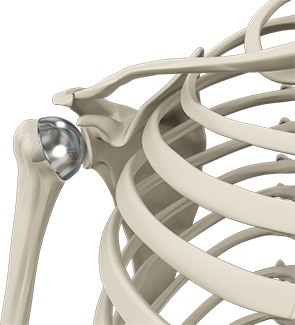
The shoulder is an active joint is prone to injuries and may also get affected by conditions such as arthritis, which results in impaired functioning and related discomfort. The traditional method of treatment for such conditions is shoulder joint replacement.
- SLAP Repair
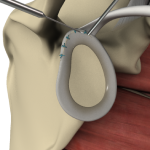
A SLAP tear can be treated through an arthroscopic surgical procedure called a SLAP repair.
- Revision Shoulder Replacement
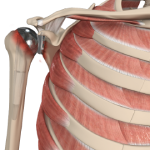
Total shoulder replacement usually has good results, but a revision surgery may occasionally be necessary due to persistent pain, infection, stiffness, weakness, instability, hardware loosening, malposition or fracture.
- Proximal Biceps Tenodesis
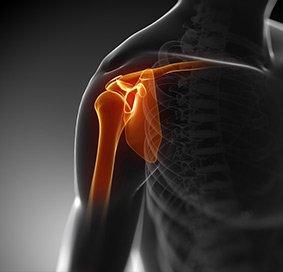
Proximal biceps tenodesis is the surgical reattachment of a torn proximal biceps tendon, which connects the upper part of your biceps muscle to the shoulder.
- Failed Shoulder Surgery

Failed shoulder surgery is a surgery that did not meet expectations and resulted in recurring pain or other unwanted symptoms. All surgeries are associated with risks, some have a higher risk than others.
- Bicep Tendon Rupture at Shoulder
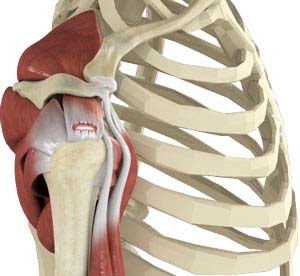
Overuse and injury can cause fraying of the biceps tendon and eventual rupture. A biceps tendon rupture can either be partial, where it does not completely tear the tendon or complete, where the tendon completely splits in two and is torn away from the bone.
- Intraarticular Shoulder Injection

The shoulder is prone to different kinds of injuries and inflammatory conditions. An intraarticular shoulder injection is a minimally invasive procedure to treat pain and improve shoulder movement.
- Arthroscopic Acromioplasty

Arthroscopic acromioplasty is performed using an arthroscope, a small, fiber-optic instrument consisting of a lens, light source, and video camera. The camera projects images of the inside of the joint onto a large monitor, allowing your surgeon to look for any damage, assess the injury, and perform the repair.
- Ultrasound-Guided Shoulder Injections

Injection of pain medication in combination with a local anesthetic directly to the site of injury helps to relieve pain.
- SC Joint Injury Reconstruction

A surgical procedure employed to repair and restore full function of a damaged joint is known as joint reconstruction.
- Arthroscopic Bankart Repair
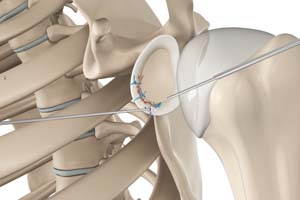
The labrum can sometimes tear during a shoulder injury. A specific type of labral tear that occurs when the shoulder dislocates is called a Bankart tear.
- Shoulder Labrum Reconstruction
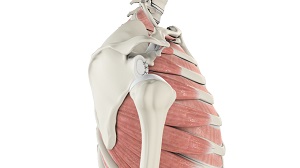
Traumatic injury to the shoulder or overuse of the shoulder by excessive throwing or weightlifting can cause a labral tear. In addition, the aging process may weaken the labrum, leading to injury secondary to wear and tear.
- Latarjet Procedure
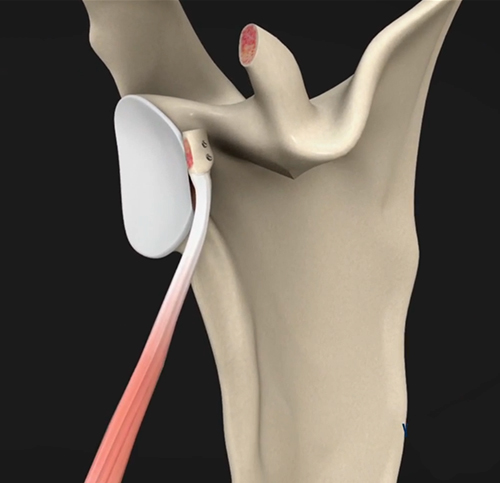
The shoulder joint provides a wide range of movement to the upper extremity, but overuse or trauma can cause instability to the joint.
- Distal Clavicle Excision

Distal clavicle excision is a procedure which involves removal of the outer end of the clavicle (collarbone) to treat shoulder pain and disability due to arthritis or impingement.
- Capsular Release

A capsular release of the shoulder is surgery performed to release a tight and stiff shoulder capsule, a condition called frozen shoulder or adhesive capsulitis. The procedure is usually performed arthroscopically through keyhole-size incisions.
- Pectoralis Major Tears/Repairs

A tear in the pectoralis major muscle occurs when the tendon attaching the muscle to the upper arm bone is damaged as a result of trauma or injury.
- Bony Instability Reconstruction of the Shoulder

The shoulder is the most flexible joint in the body. Injury and trauma can tear or stretch the labrum and/or ligaments, causing loosening and instability of the shoulder joint which can lead to partial or complete dislocation of the joint.
- Mumford Distal Clavicle Excision

A Mumford distal clavicle excision is a surgical procedure which involves excision or resection of the outer (distal) end of the clavicle, also called the collar bone.
- ORIF of the Clavicle Fractures
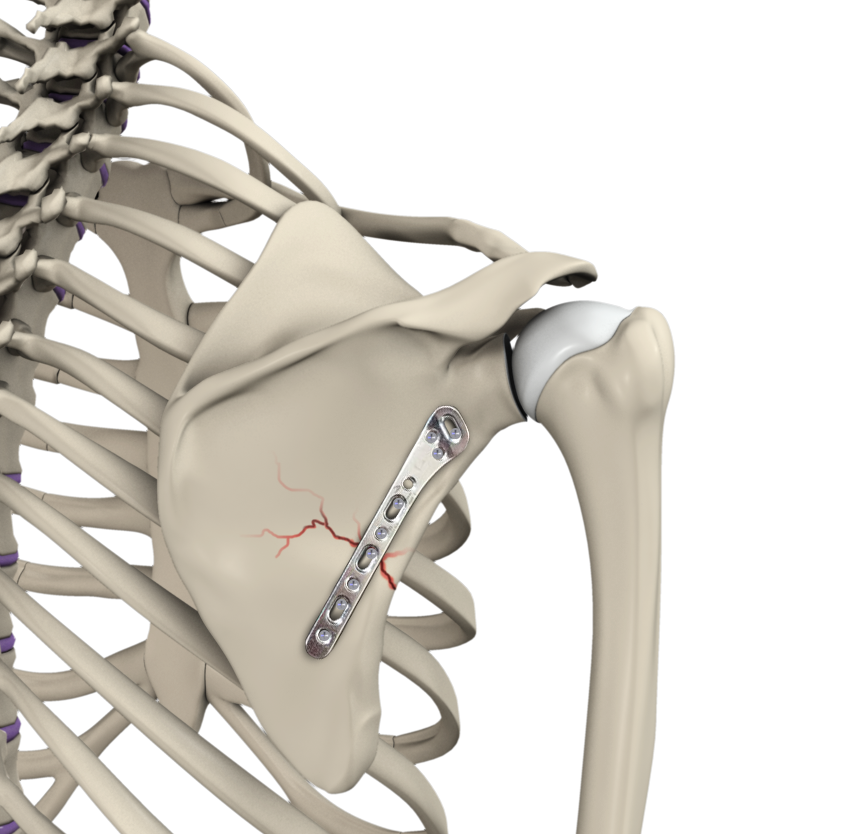
A clavicle fracture refers to a broken collarbone and is a common injury associated with contact sports such as football and martial arts, as well as impact sports such as motor racing.
- Subacromial Decompression
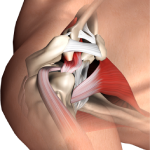
Subacromial decompression is a surgical procedure performed for the treatment of a condition called shoulder impingement. In shoulder impingement, the degree of space between the rotator cuff tendon and shoulder blade is decreased due to irritation and swelling of the bursa or due to development of bone spurs.
- Acromioclavicular (AC) Joint Reconstruction

The acromioclavicular (AC) joint is one of the joints present within your shoulder. It is formed between a bony projection at the top of the shoulder blade (acromion) and the outer end of the clavicle (collarbone). The joint is enclosed by a capsule and supported by ligaments.
Others
- Am I a Candidate for Shoulder Surgery ?

More people are considering shoulder surgery to manage shoulder problems thanks to advances in technology and equipment. Surgery is now minimally invasive and can be performed on an outpatient basis with faster recovery and fewer complications.
- Virtual Implant Positioning by Arthrex

The VIP (Virtual Implant Positioning) system by Arthrex is a web-based system onto which patient data and CT scan images can be easily uploaded. No software needs to be downloaded.

